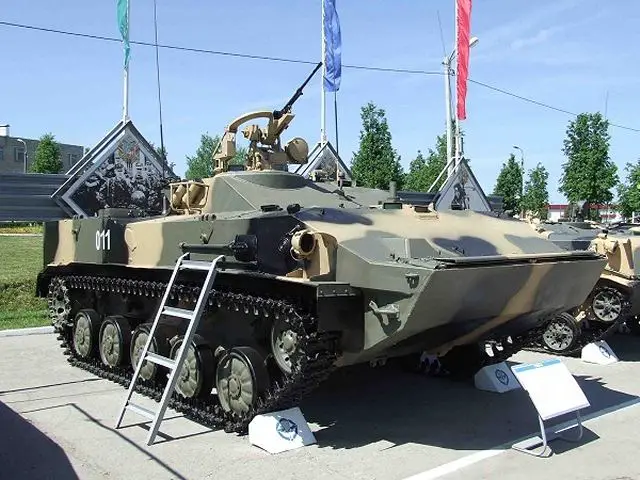|
|
|||
|
Military Defense Industry Technology - RHM-5 NBC vehicle
|
|||
|
|
|||
| Russian NBC troops of Eastern Military District train with new RHM-5 reconnaissance armoured. | |||
|
In the course of the training, servicemen of the Eastern MD NBC (Nuclear, Bacteriological, Chemical) protection regiment, which is located in Transbaikalia, practiced operating the RHM-5 vehicles. The RHM-5 "Povozka D-1" was unveiled in December 2011 by the Russian army. The vehicle is designed to be used as NBC reconnaissance armoured vehicle for the airborne troops.
|
|||
|
|
|||
 RHM-5 Povozka D-1 Airborne NBC reconnaissance armoured vehicle RHM-5 Povozka D-1 Airborne NBC reconnaissance armoured vehicle |
|||
|
|
|||
|
The RHM-5 is a sophisticated instrument complex, mounted on the chassis of the Russian airborne armoured fighting vehicle BMD-3. The use of the BMD-3 chassis is a logical choice to standardize maintenance and crew training, in fact, the BMD-3 is widely used in the Russian airborne troops. The Troops of Radiological, Chemical and Biological Defence (RChBD) of the Russian Land Force are special forces designed to conduct the most complex set of measures aimed at reducing the loss of associations and formations of the LF and ensuring their combat tasks assigned during operations in conditions of radioactive, chemical and biological contamination, as well as at enhancing their survivability and protection against high-precision and other weapons. |
|||
Russian NBC troops of Eastern Military District train with new RHM-5 reconnaissance armoured 12207152
- Posted On














